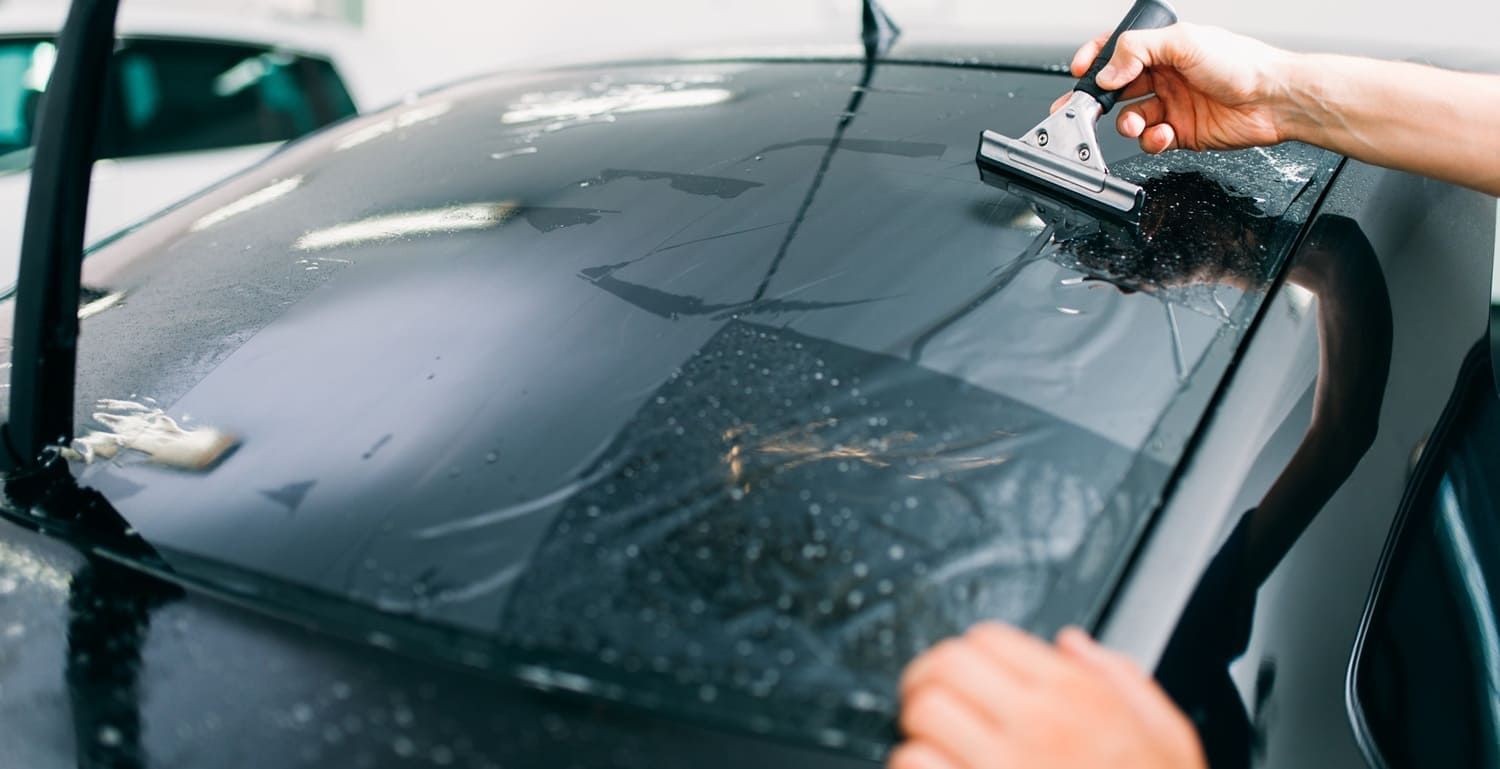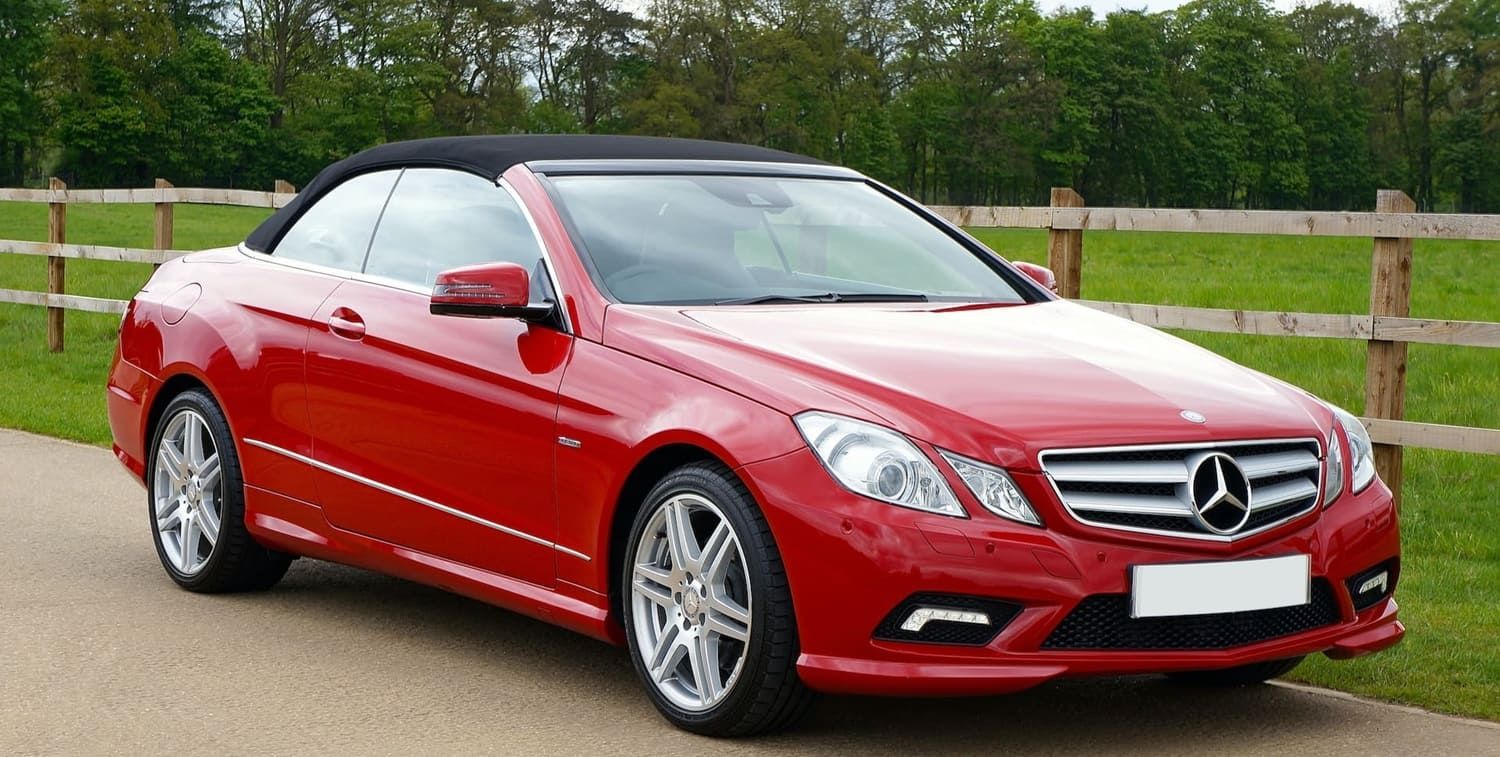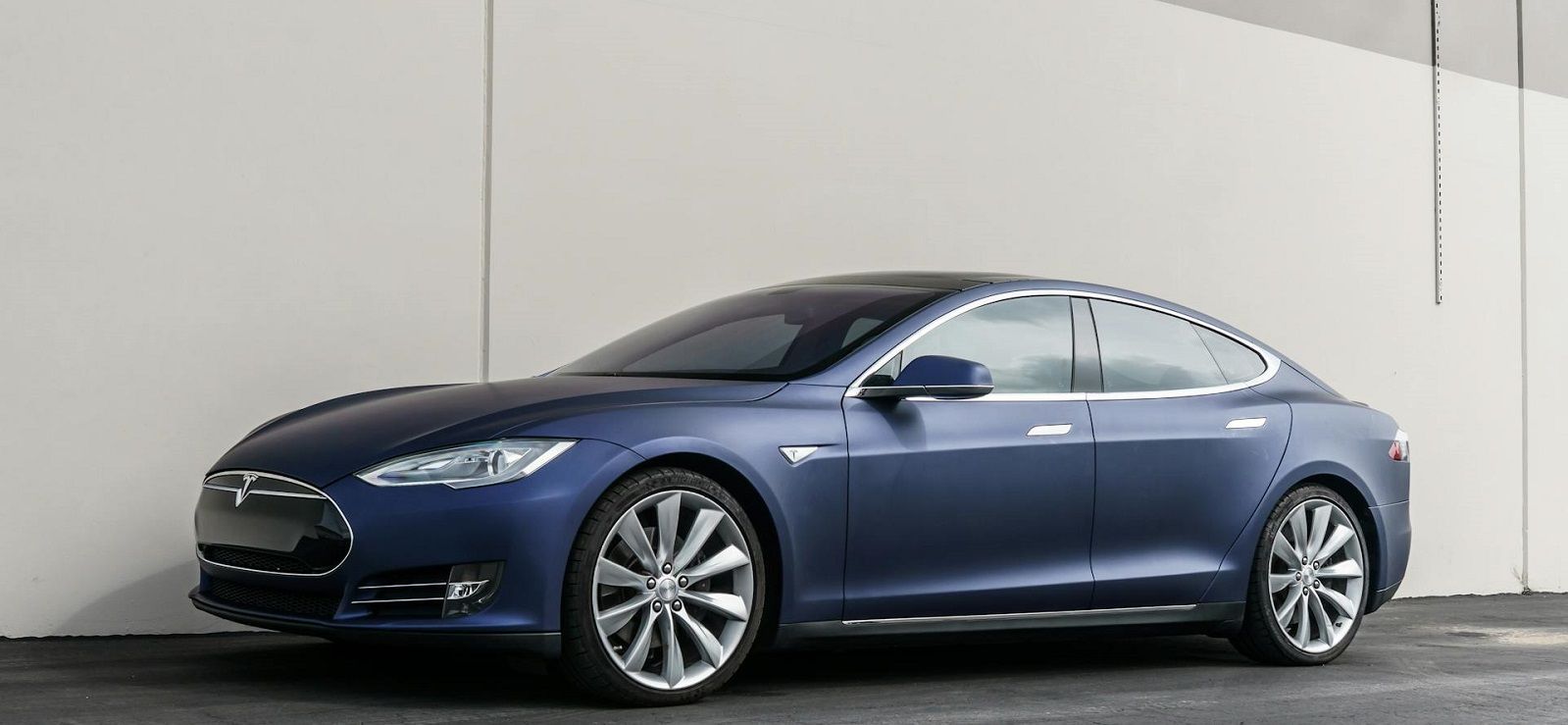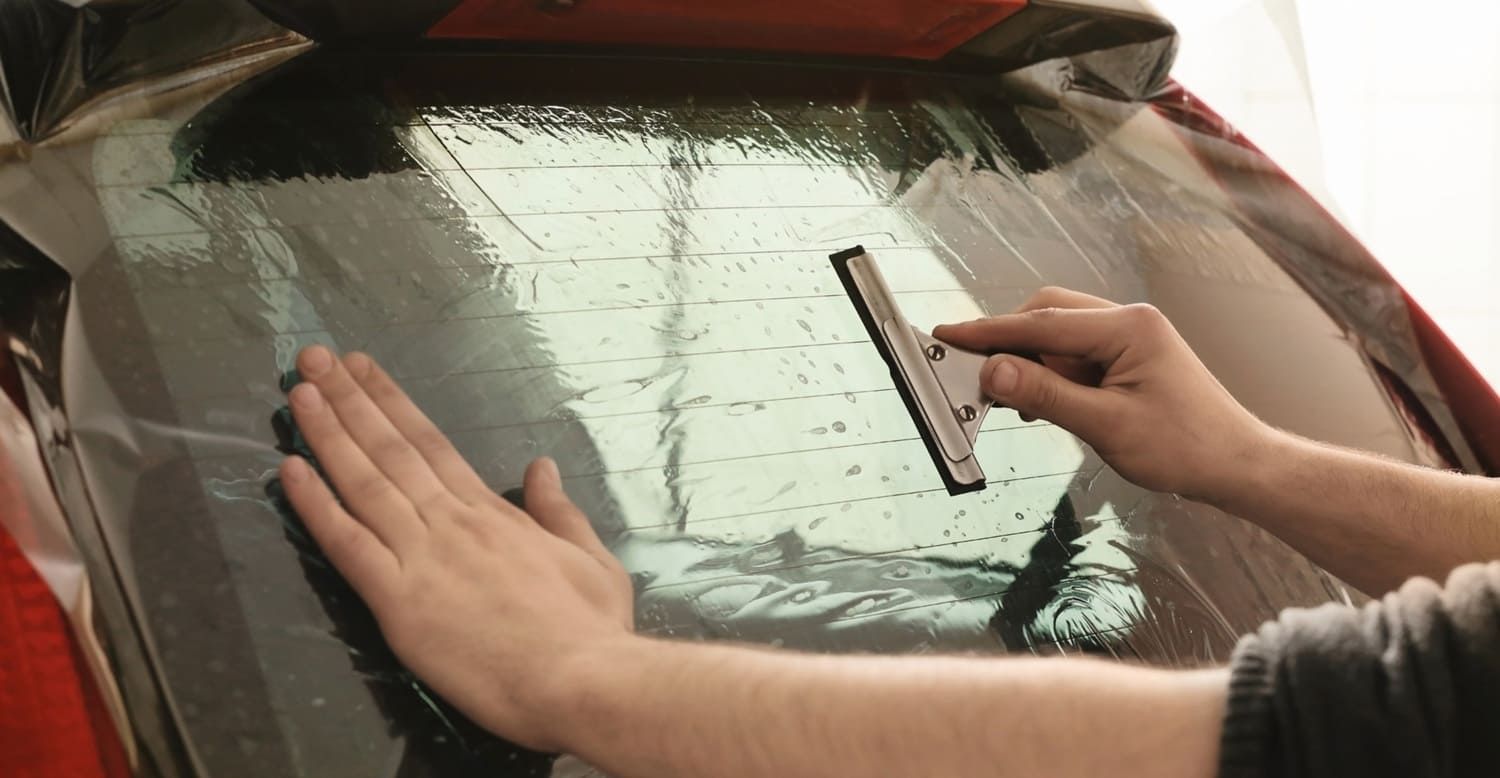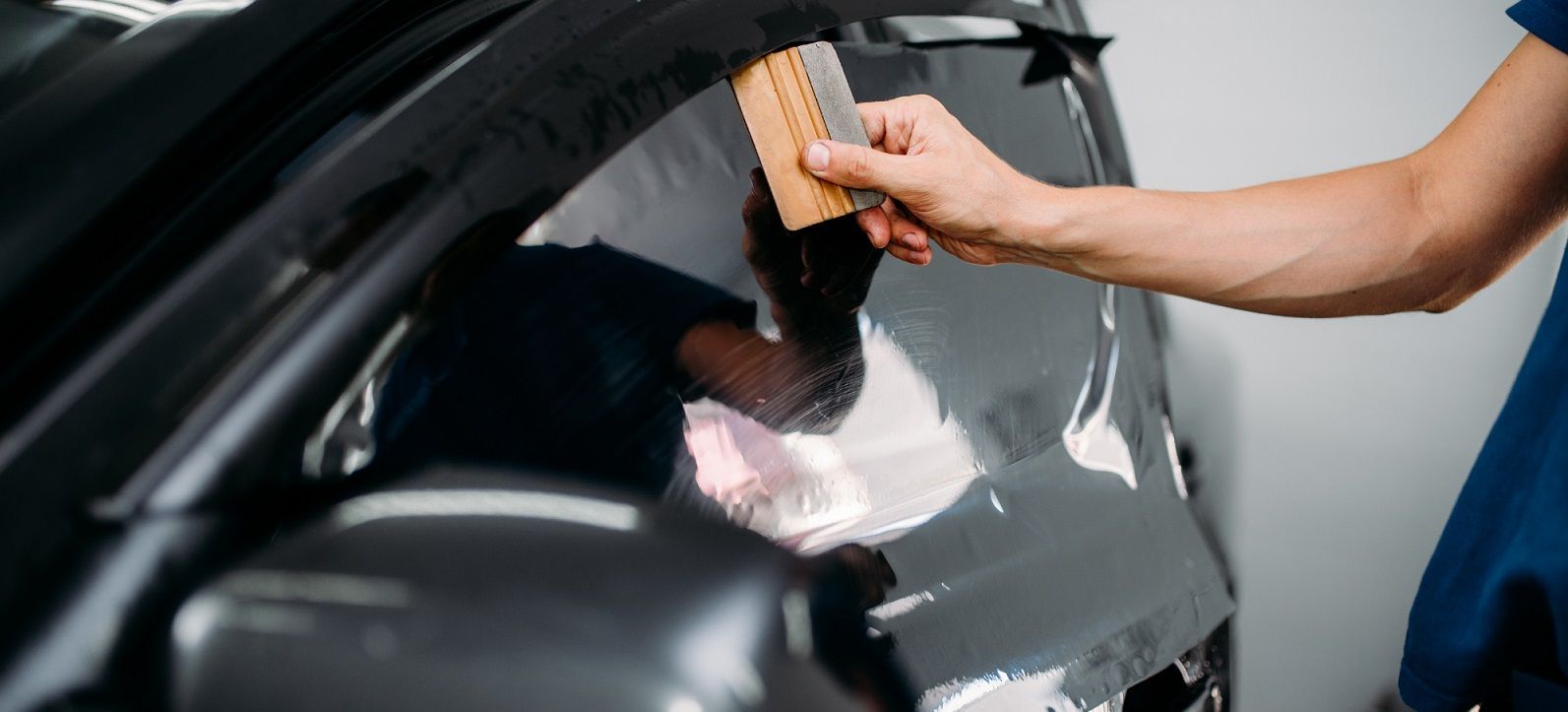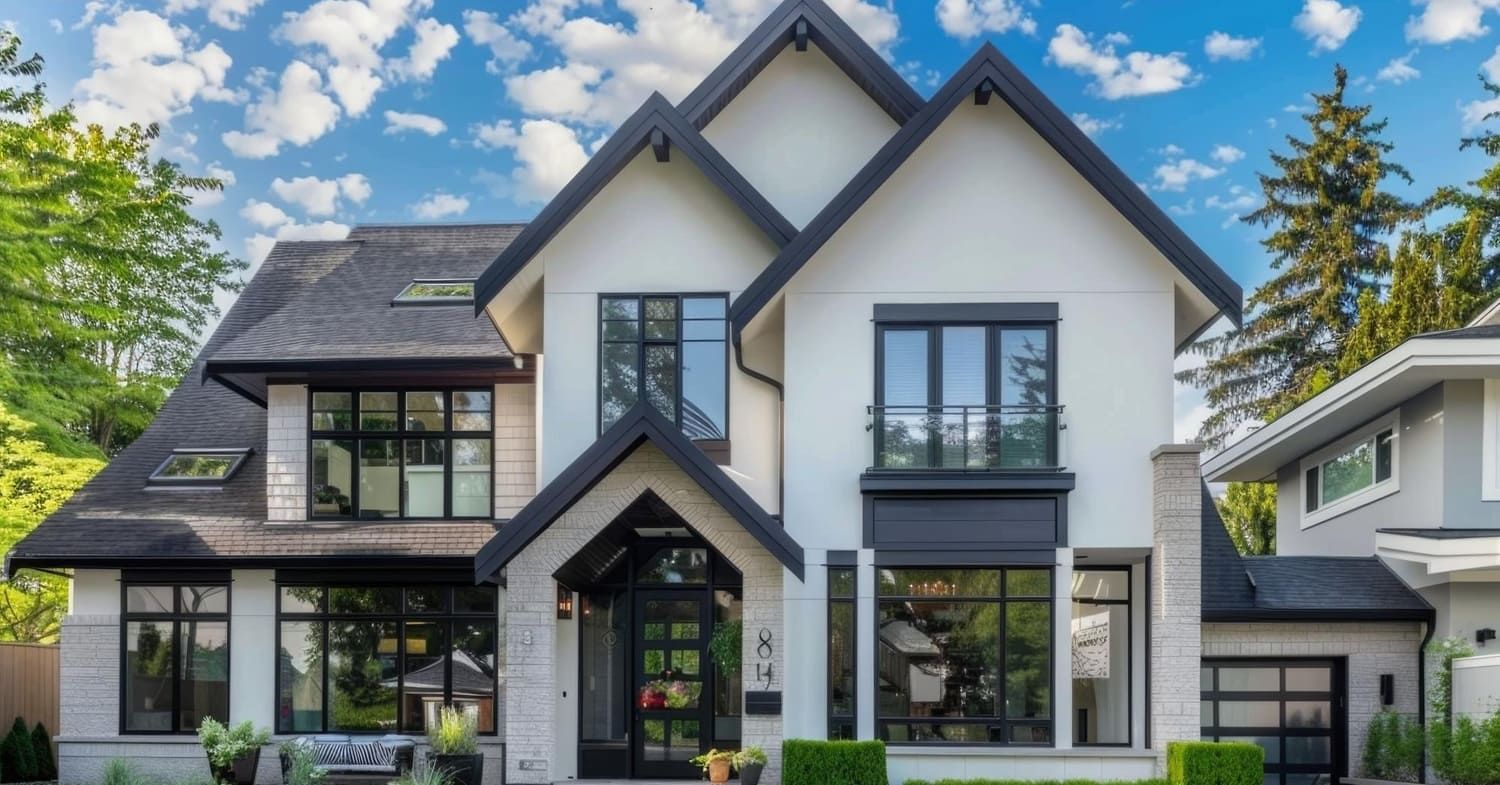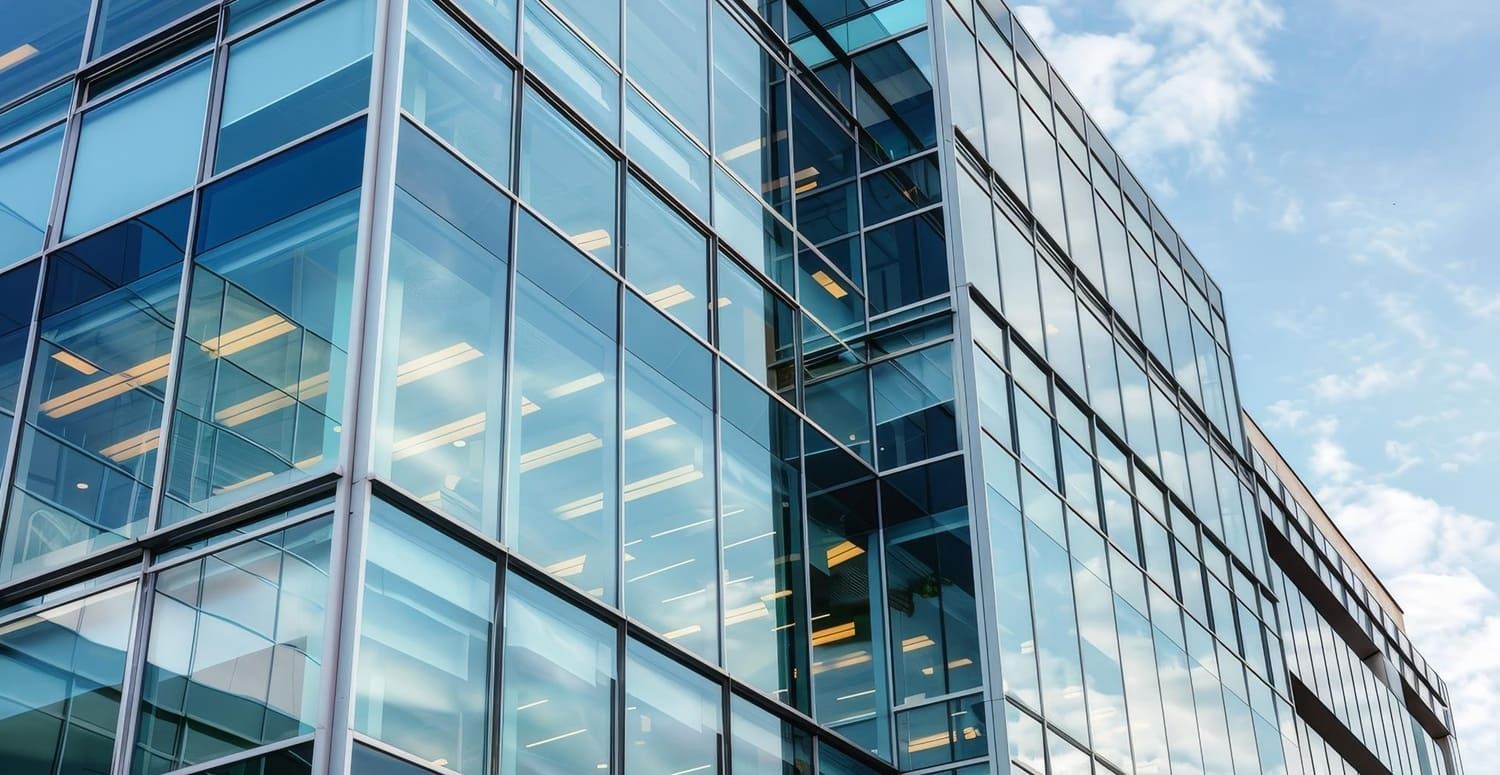Energy-Efficient Window Tint Options
As energy costs rise, finding ways to save has become a priority for many. One solution that's gaining traction is energy-efficient window tinting.
Window tints, or films, offer a simple yet effective way to control solar heat. They can significantly reduce energy consumption, leading to lower utility bills.
But with various options available, choosing the right window tint can be daunting. Factors like solar control, UV protection, and thermal insulation come into play.
In this guide, we'll explore the different energy-efficient window tint options. We aim to help you make an informed decision for your home or business.
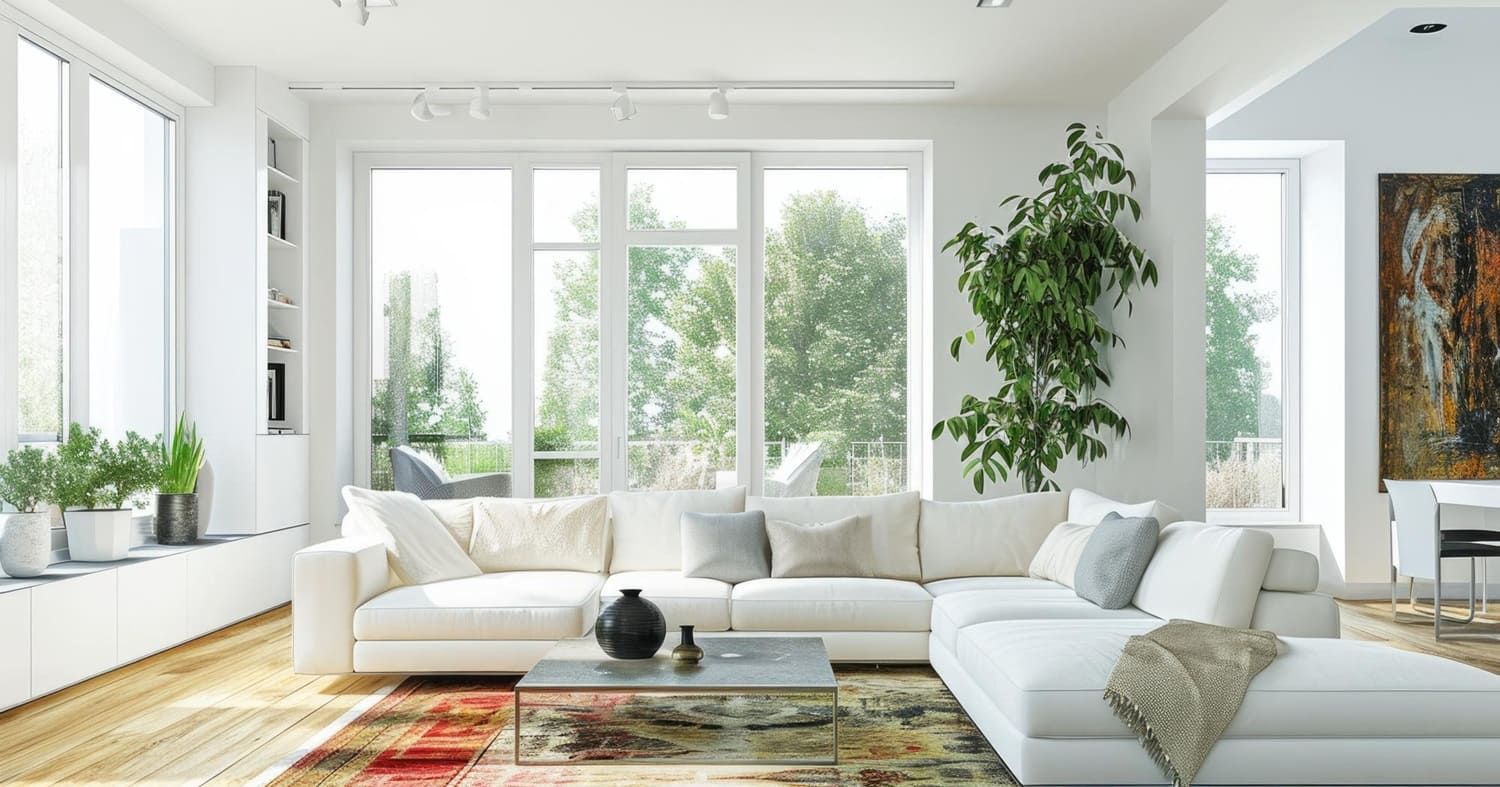
Understanding Energy-Efficient Window Tints
Energy-efficient window tints are thin films applied to windows. They work by reflecting or absorbing solar energy.
These tints can block up to 99% of harmful UV rays. This protects your interiors from fading and occupants from potential skin damage.
They also improve thermal insulation. This makes window tinting a cost-effective alternative to window replacement.
In essence, energy-efficient window tints help maintain a comfortable indoor temperature. They do this while reducing energy costs and protecting against UV damage.
Types of Energy-Efficient Window Films
There are several types of energy-efficient window films. Each type offers unique benefits and is suitable for different needs.
Solar control films are popular for their ability to block solar heat. They come in various shades and reflectivity levels, allowing for solar control without compromising natural light.
Low-emissivity (Low-E) films are designed with special coatings. These coatings enhance the film's energy-saving properties by reducing heat loss in winter and heat gain in summer.
Spectrally selective films are another option. They block infrared radiation while allowing visible light to pass through. This makes them ideal for maintaining views.
Here are some other types of window films:
- Ceramic window tints: High durability and excellent heat rejection without containing metals.
- Reflective window films: Provide a mirror-like appearance, offering additional privacy during daylight hours.
Benefits of Installing Window Tint for Energy Efficiency
Installing window tint for energy efficiency offers numerous benefits. One of the main advantages is the potential for significant energy savings.
By minimizing heat gain in summer and heat loss in winter, window tints can reduce energy costs. This contributes to a more sustainable living and lower carbon footprint.
Window tints also improve thermal insulation. This makes them a cost-effective alternative to window replacement.
Another benefit is the protection they offer. Solar control window films can block up to 99% of harmful UV rays.
Lastly, window tints can enhance privacy and security. They allow for clear outward visibility while preventing others from looking in.
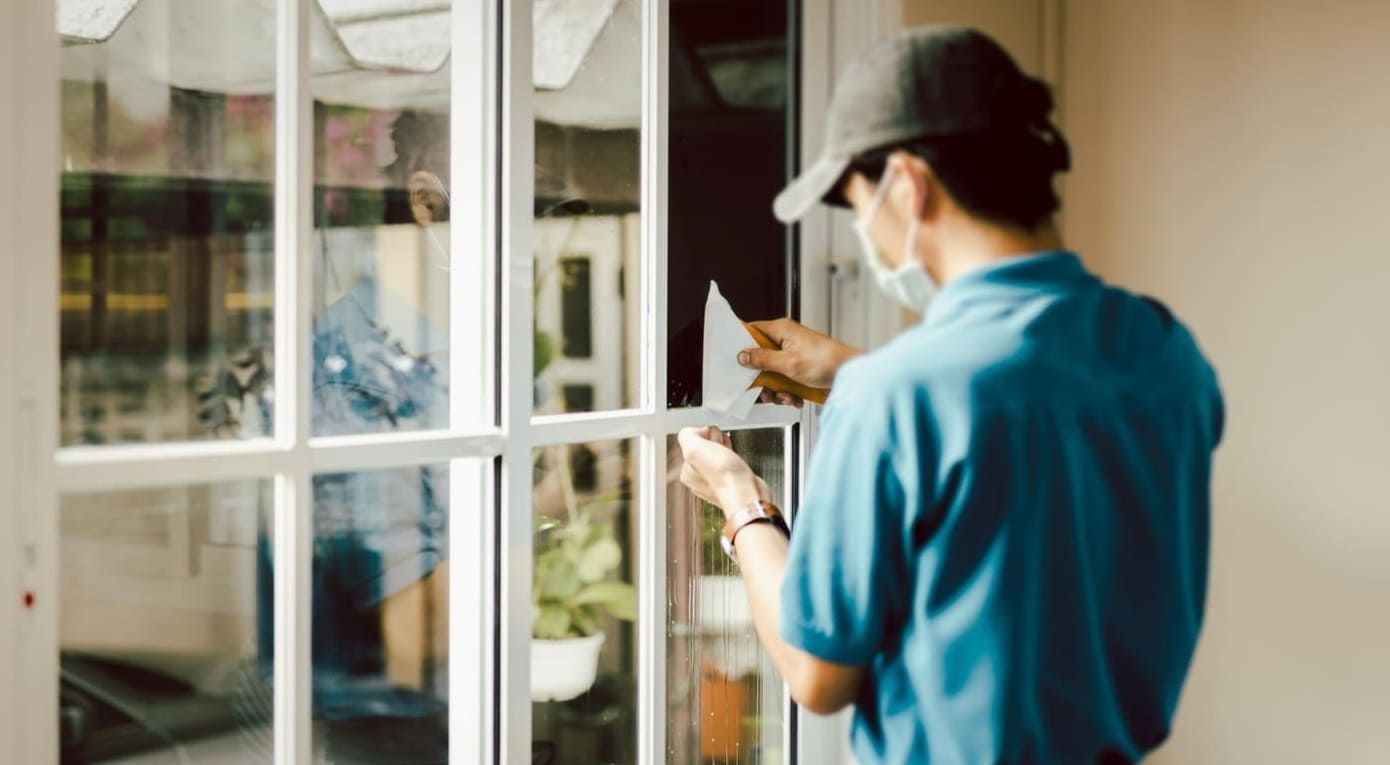
Selecting the Right Window Tint for Your Needs
Choosing the right window tint for your needs involves several factors. First, consider the Visible Light Transmission (VLT) rating. This measures the amount of visible light that can pass through the film.
Next, think about your specific needs. Do you want to maximize heat rejection, UV protection, or privacy? Different tints offer varying levels of these benefits.
Also, consider the aesthetics. Window films come in various shades and reflectivity levels.
Lastly, consult with a window tint professional. They can assess your needs and recommend the best options.
Installation and Maintenance
Professional installation of window tints ensures optimal performance and longevity. It's usually quick and non-intrusive, with minimal disruption to daily activities.
Maintenance of window tints is simple. Regular cleaning with non-abrasive products is generally all that's required to keep them in good condition.
Conclusion: Maximizing Energy Savings with Window Tint
Energy-efficient window tints offer a cost-effective solution to reduce energy costs and improve comfort. They are a versatile and sustainable choice for homeowners and businesses alike.
By understanding the different options and benefits, you can make an informed decision and maximize your energy savings.
Reach out to Latitude 33 Window Tint and contact us today to get your free estimate!


